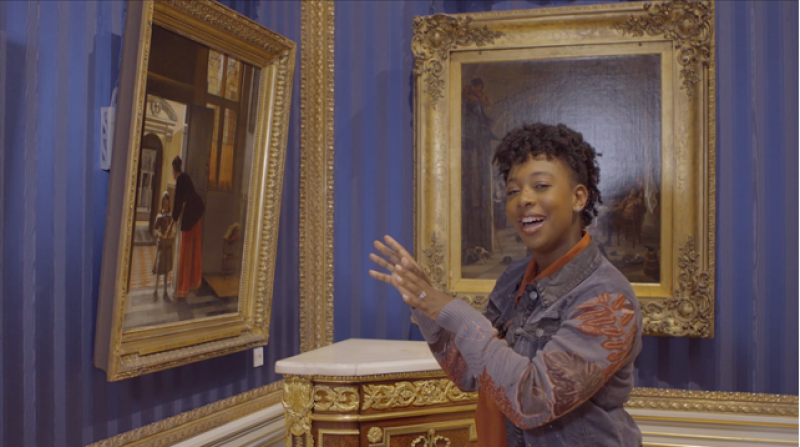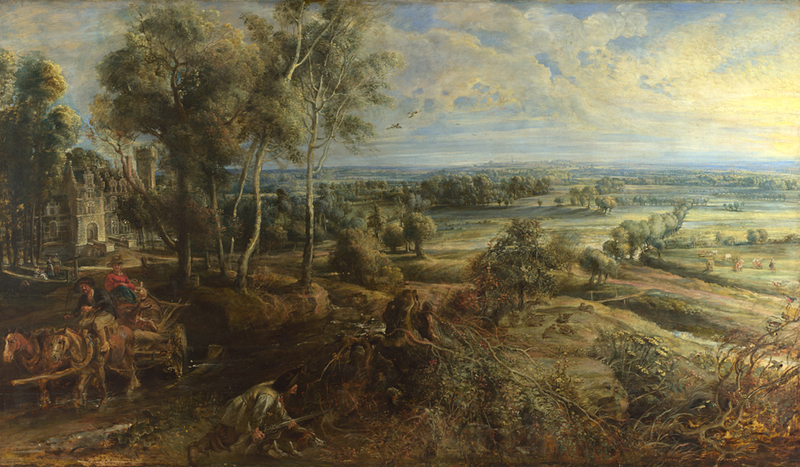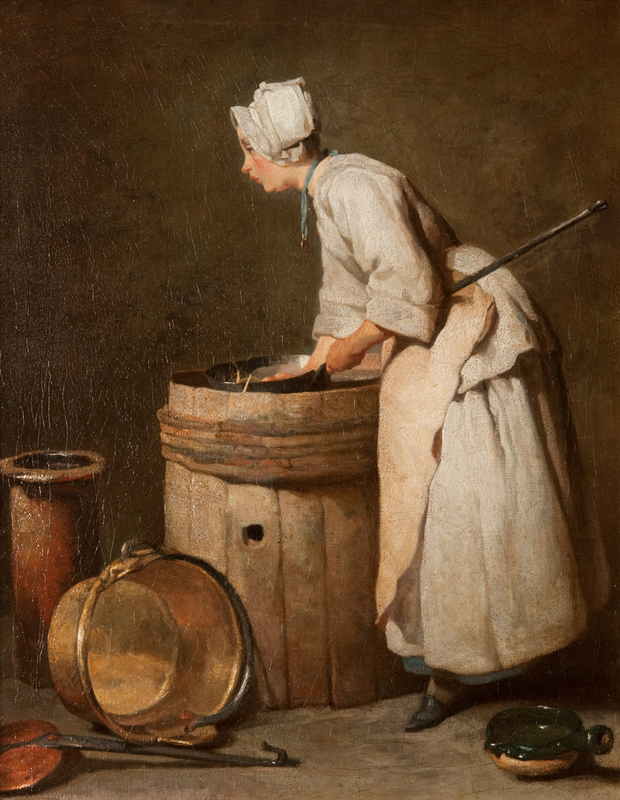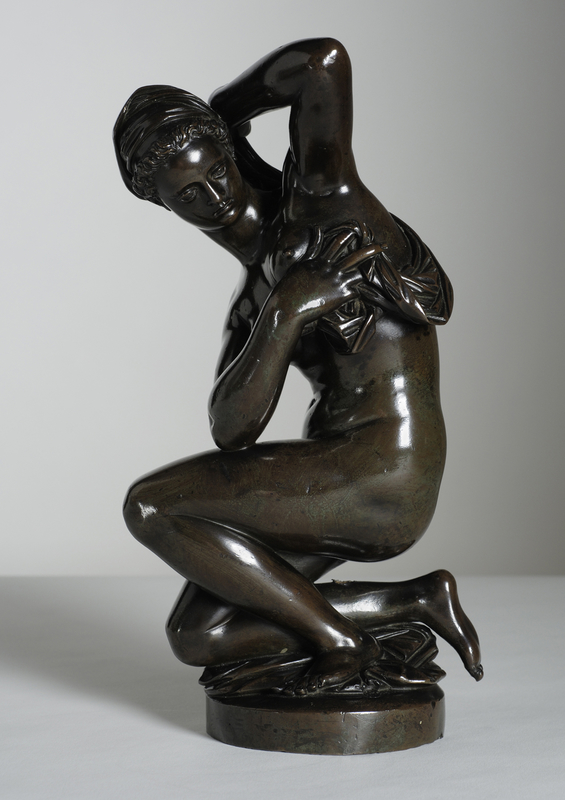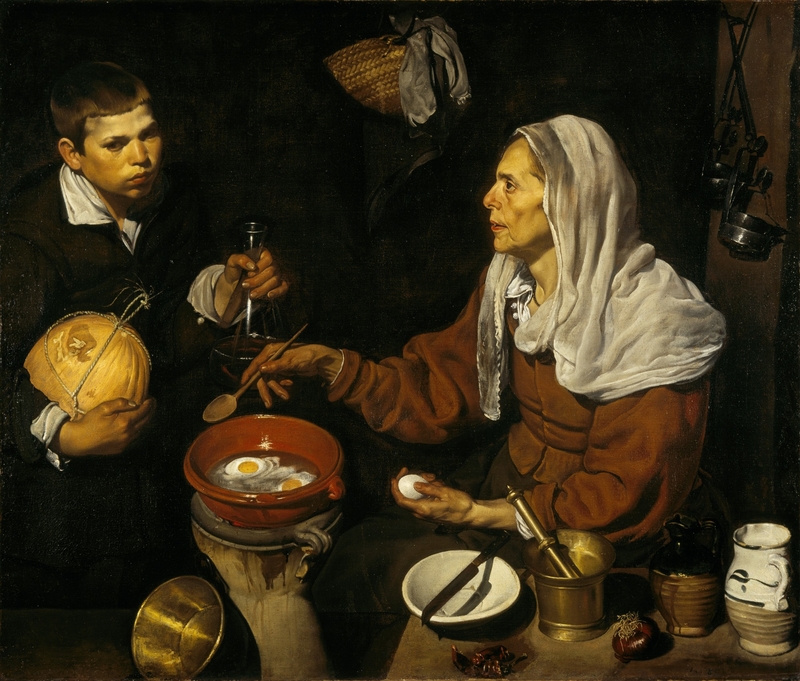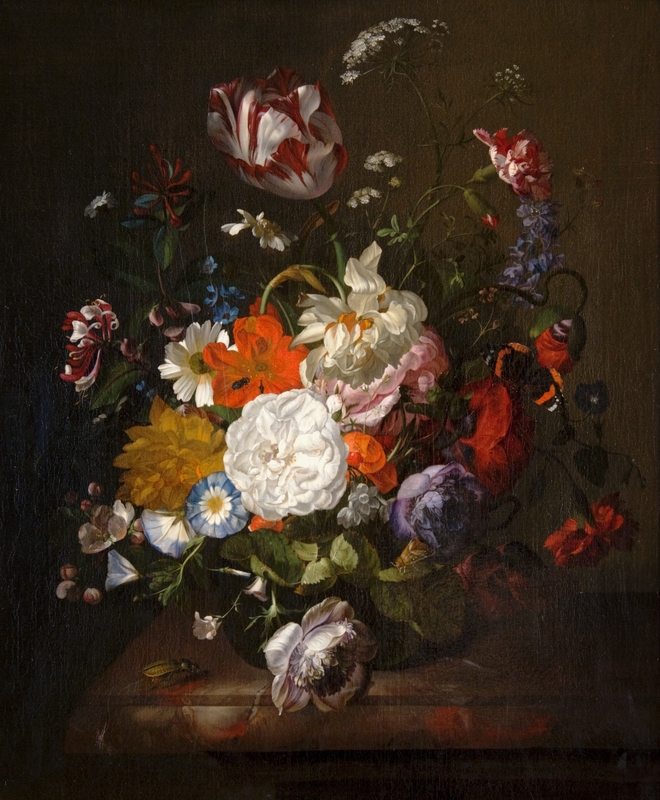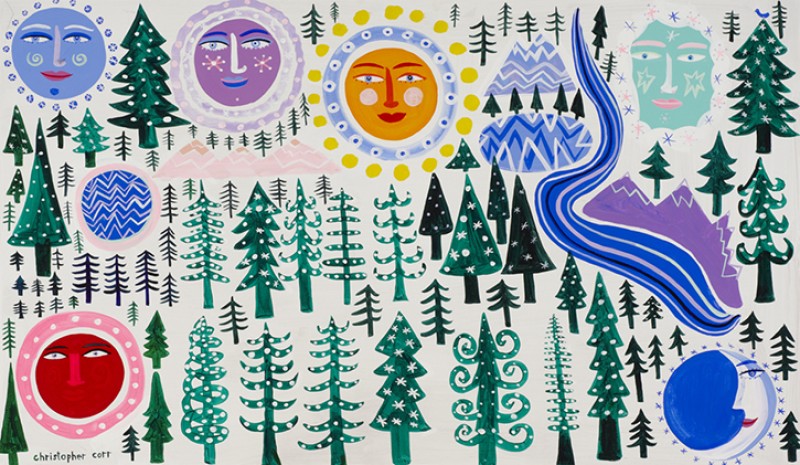'An Old Woman Cooking Eggs' by Diego Velázquez
This audio clip describes the painting An Old Woman Cooking Eggs by Diego Velázquez (1599–1660).
It has been created for use as part of our primary school resource, The Superpower of Looking, in order to support pupils with blindness or visual impairment to take part in the lessons.
Explore the painting further in our resource, An old woman cooking eggs.
Full audio description text
This everyday scene is called An Old Woman Cooking Eggs. It was painted in oil paints by the Spanish artist Diego Velázquez in 1618. It's about a metre square – a little wider than tall – and shows two people, the old woman and a boy, in a very dark space. It's a simple kitchen, full of objects, many of them white. These draw our gaze as light falls on them from the top left making them shine brightly, although no window is shown. The old woman fills most of the right half of the picture. She's thin, sitting with her body half turned away from us and her face in profile. Her yellowish-white skin is tightly stretched over sharp cheekbones but looser where it wrinkles around her mouth. A white scarf, made of a cotton fabric so fine as to be see-through, is looped over her head covering a white cap that hides most of her brown hair. The scarf pools across her shoulders, its fine edge embroidered with lace. She wears clothes of the time – a thick brown woollen dress in two pieces. The top is tightly fastened over her flat chest. The full sleeves are folded back, showing the muscles and veins on the insides of her wrists. Her grimy left hand clutches a pure white egg.
Her dark brown skirt merges with the dark background. At her knees, a wooden stand like a tree trunk, supports a metal hot plate on which sits a glazed pottery bowl. A deep copper pan leans up against the base of the stand. Cooking in the bowl on the hotplate are two more eggs, their rich yellow yolks surrounded by their bright whites, most of which have solidified although some parts are still see-through. There's a sense of the movement in the cooking liquid and the old woman holds a wooden spoon in her right hand as if she's just given it a stir.
A young boy stands across from her on the other side of the hot plate. He's perhaps eight years old and his brown hair is short, with a very short fringe. The tanned white skin of his face is lighter here – as if it's rarely seen the sun – and his forehead is grubby. His black clothes disappear in the darkness, so that only the white cuffs and collar of his shirt stand out. He holds a flask of wine in one hand and, in the other, a melon. It's pale orange and a string tied around it makes a handle.
The old woman is sitting behind a wooden table or bench that juts into the bottom right-hand corner of the image. On it sits a bowl with a knife balanced across it. The knife's shadow makes a dark shape on the bowl's white inside and the bowl itself casts a shadow on the work surface. In front of the bowl, a chopped chilli pepper stains the wood. Its yellow seeds are bright against what's left of its dark red flesh. To the right of the bowl is a brass pestle and mortar – the metal glinting. It was used for crushing spices or garlic. Further to the right is a red onion, end up – its skin is shiny, under a tangle of hairy grey roots – then two pottery jugs. On the wall behind the table, a couple of metal ladles hang from a beam, and a straw basket and a white cloth hang further up to the left.
The boy and the old woman aren't looking at each other. She stares straight ahead, looking across the bowl of eggs, rather than down at them as you might expect. He also looks beyond the bowl, but in our direction. His gaze crosses hers, his brow furrowed as if he cannot wait for the eggs to be cooked.
